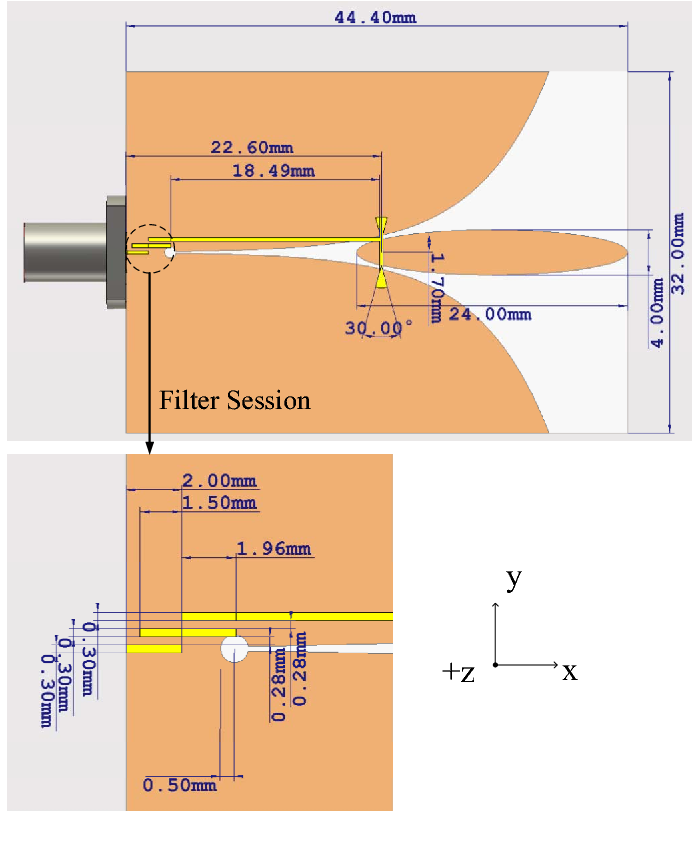
/i/12491/products/2018-03-01T17%3A36%3A24.672Z-Palm-Tree-Antipodal-Vivaldi-Antenna-Anechoic-Chamber-Photo-3.jpg)
You don't have this flexibility with many antenna designs. These antennas can be fed a signal directly from a strip line or microstrip line, which also allows them to work in phased array applications.The PCB manufacturing method allows them to be made in strips that are readily put in these “egg crate” configurations. Notching the boards helps hold them in place with positional accuracy. In the egg crate design, the boards cross at the edge of each element. You can make the Vivaldi antenna notch using egg crate construction.This design and the more complex ones can all be made via printed circuit board technology. It features two radiator planes on the same side of the dielectric sheet, the other side of which is a neutral material. The coplanar Vivaldi is the original design.Impedance matching is easy with Vivaldi antennas.The design is simple compared to log periodic antennas and fractal designs, and all antenna designs can be scaled for use at any frequency.Their upper frequency is limited by the width of the gap, while the lower frequency is limited by the size of the opening.

They offer stable group delay and allow for a narrow pulse width. When used for pulse technologies like radar, these antennas have a high peak value for the pulse envelope.They can be used with both multi-band and impulse technologies. Vivaldi antennas are usually ultra-wide band antennas and always count as broadband antennas.Vivaldis fit into smaller spaces than a ridge horn antenna because they can be made out of flat laminate.Like ridge horn antennas, they have high gain due to their tapered slot design. Vivaldi antennas are planar antennas that work over a wide frequency range.What are the advantages and disadvantages of these antenna designs? Advantages How Technology Is Changing the Real Estate Market


 0 kommentar(er)
0 kommentar(er)
